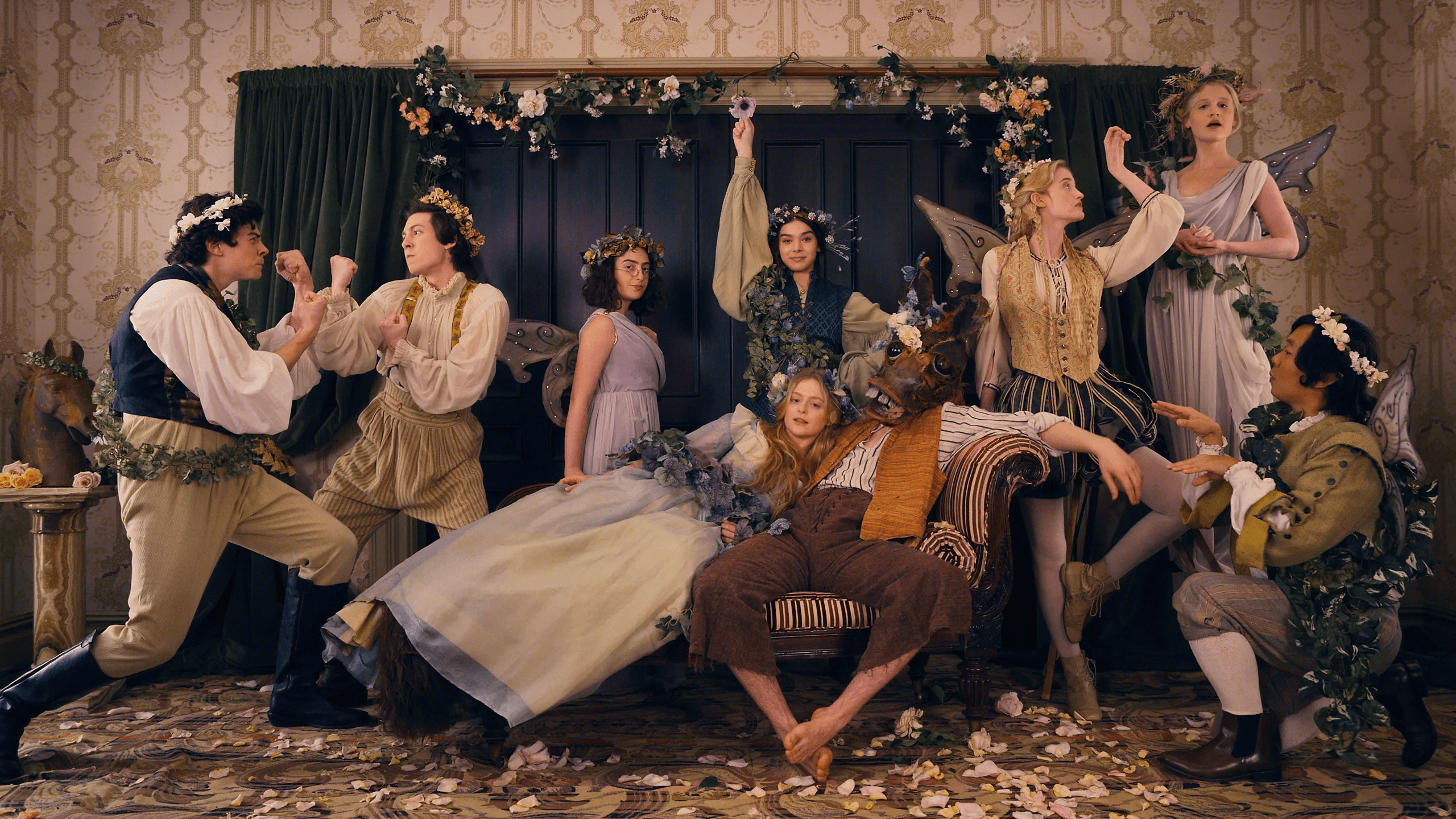
The Revolution of Period Dramas
By Illia Solano
Imagine a world where you wake up to the rays of sunshine pouring in through your window. You hear livestock awakening from their slumber as well. It’s a new day for you to go about your life in a small village filled with drama at every corner. Or perhaps you are a young girl wearing an elaborate dress, perched on the window, waiting for a suitor to come. Ah, what a time to be alive! This is how most period dramas usually play out.
Period dramas are pieces of media that are set during past time periods. They let viewers into a world that doesn’t exist anymore, giving the audience a window into a different reality. At the moment, several shows are circulating, such as Downton Abbey, The Crown, Bridegerton, The Nevers, and many others. To an extent, the portrayal of female characters needs to be historically accurate. However, what catches my eye is when the characterization of women subverts the stereotype of ‘fragile girls who need someone else to keep on living.’ The most entertaining and impactful show that depicts this idea is, in my opinion, Dickison.
Dickinson is an Apple TV+ show created by Alena Smith, starring Hailee Steinfeld (yes, that one girl from Pitch Perfect) as American poet Emily Dickinson. Now, I’m not just advertising this show (even though it is really good). Throughout the seasons, a young Emily Dickinson struggles to find her voice as a poet. Words pour out of her in a torrent and are scribbled furiously on paper by Emily. Viewers feel and see these words as they fade into the screen ever so slowly. The audience is caught in the moment of Dickinson’s creative process. But this creative process is not always met with acceptance. For many women in the 1800s, extensive thinking and writing was often considered improper, and the primary expectation of them was to marry 一 but Emily wanted to write. This made her a “wild” woman, which meant that she wasn’t seen as marriage material. Emily risked being seen as “weird” to others by straying away from the normal 1800s woman. Even more so, she is a constant disappointment to her family, specifically her mother. Pursuing writing made Emily an undesirable woman which means she had less marriage prospects, which threatened the Dickinson’s social standing in their town. In spite of this, she continually embraces her outsider persona and proves she doesn’t care. All from disguising herself as a man to attend a lecture at a college to attending a dinner party with just her nightgown on.
This type of protagonist is not something that is seen in many period dramas. Being as they are from the female point of view, the characters and the storylines feel more relatable and realistic in the sense that she isn’t the pretty damsel in distress. Emily is a woman with thoughts and goals that isn’t heavily influenced by the concept of marriage and fulfilling her womanly duties. She is seen as a radical because her goals are not related to men or social status. She is radical because she chooses to focus on her writing rather than what is best for her social image. Other’s opinions about her aren’t enough to deter her from succeeding in doing what she does best.
Aside from this, the show is unapologetic when it comes to portraying the histories of these characters. For example, it displays the relationship that this character has with her close companion, Emily’s number one supporter, Sue Gilbert. Dickinson doesn’t play with the idea that “they were close friends.” History knew that they were more than that. The show makes it clear that Emily Dickinson’s story will be told in full, and what is so beautiful is that it portrays all the complexities of this relationship as any other relationship. It isn’t a one-and-done relationship or a relationship that ends in tragedy. Dickinson is one of the few shows that has positive LGBTQ+ representation. This is a big deal since most period dramas usually portray heterosexual relationships in their stories. But gay, lesbian, asexual, and other queer people existed in the 1800s, they just weren’t out in the world. The industry doesn’t like to address this. This is why Dickinson is such a groundbreaking show.The dramatization of this story, including Emily’s love interest, is what makes this period drama so accessible for many people today. Personally, it is the most modern period drama out there. People who enjoy strong female protagonists, period dramas, and complex characters and storylines should definitely check this show out. As period dramas rise in popularity they need to be as accessible. As entertaining as period dramas are, I find them more interesting when they include characters and stories that resonate with modern society, and Dickinson is an inspiring example of this.
Leave a Reply
You must be logged in to post a comment.